Free Drawing Rules
[dont draw like this]
\
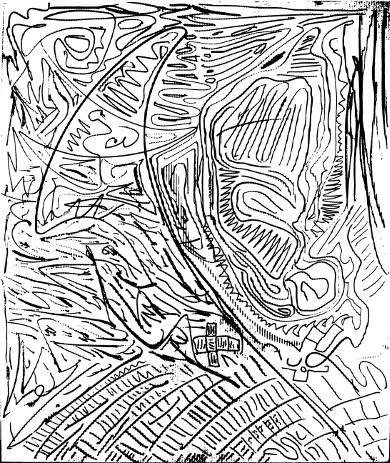
A collective instruction-based drawing
program.
What sets this apart from many similar
programs is that in this case the
instructions do not direct a line to move
from A to B in a certain way.
Instead the line is already moving and the
instructions affect its movement.
In other words; the relation between
instructions and action is affective rather
than directive.
task/mission:
1.(as fast as possible)
scribble until the paper is filled with
lines
instruction:
2.(example)
lines do not cross
The logic behind drawing 'as fast as
possible' is that the task places “skilled
motor performances under speed stress”so
the motor program resorts to more general or
less specific levels of “symbolic or-
ganization” that are less vulnerable to
stress.(1)
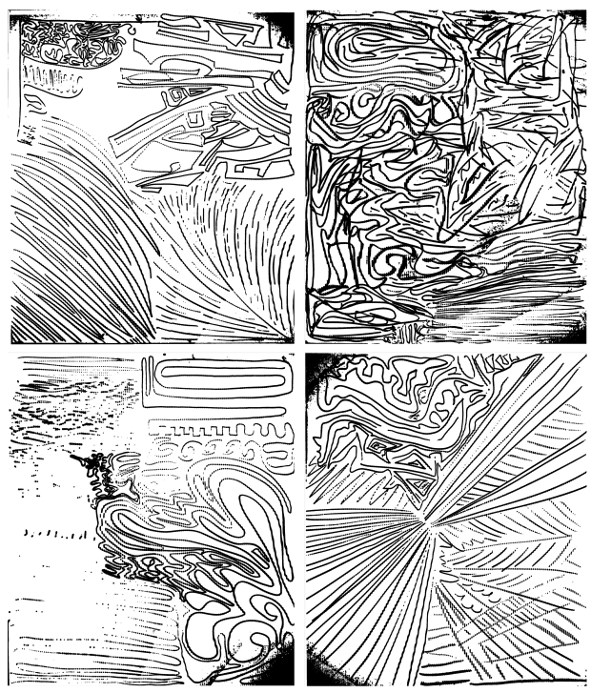
It was hypothesized that this generalizing
effect might be a good base for generating
a sense of collectivity without having a
shared worldview. This because it bypasses
learned or habituated drawing routines that
one is not always aware of.
Learned or habituated drawing skills are
often very interesting and can become part
of a personal style, but this program aims
for something else. And because one is often
not aware of ones habits these can be hard
to bypass intentionally.
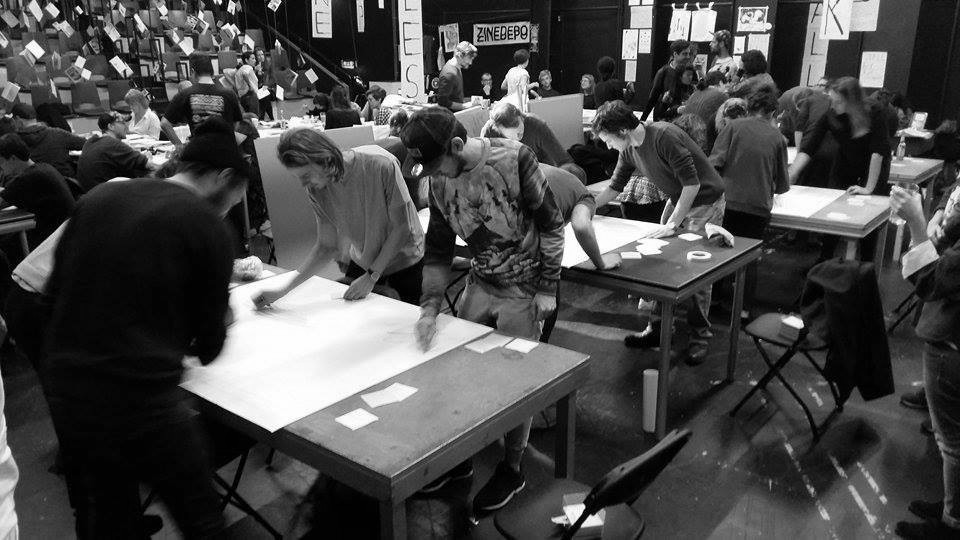
'Scribbling' refers to a basic, continuous,
effortless more or less automatic eye-hand
coordinated movement that is self-
rewarding.(2)
Scribbling is a basic level of drawing,
writing and gestures.
When children scribble they organize their
thinking by making meaningful marks.
Consequently this project tries to find out
whether collective scribbling organizes
collective thought in a similar way.
Link to GENERATIVE INTERACTIONISM Zine#1
Link to GENERATIVE INTERACTIONISM Zine#2
Link to GENERATIVE INTERACTIONISM Zine#3
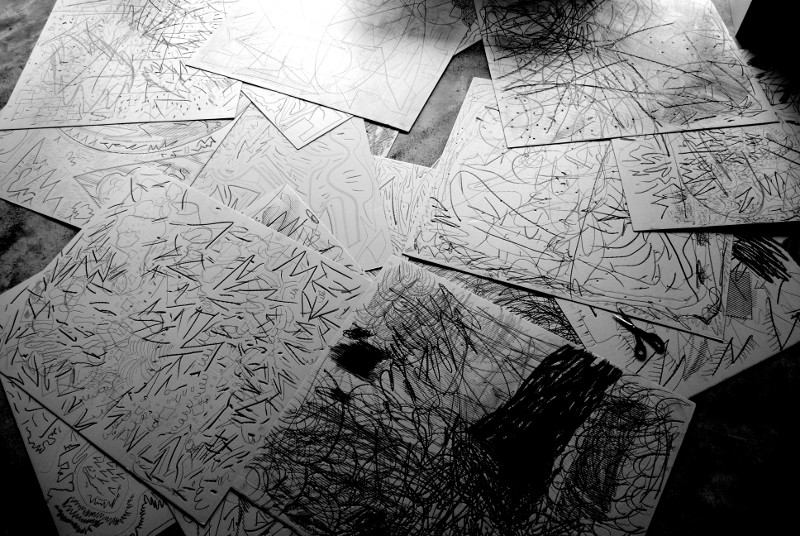
notes;
(1) Silvan Tomkins (1995): Exploring Affect;
p.465 Simulation of Personality
(2)Rhoda Kellogg (1959): What Children
Scribble and why.
20 Basic Scribbles
S.R. Sheridan (2001): The Scribble
Hypothesis.
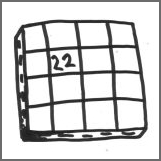
7.the WordPad
Glitch as a
metaphor for
abstract
expressionism
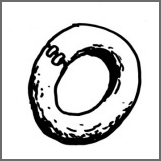
12.The ABC of
creative
self-oscillation
for the
autonomous artist
13.Jack Jack & de
Wandelende Feedback
zines, sounds,
projects, contact
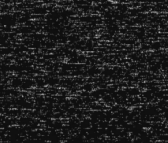
marc van elburg 016